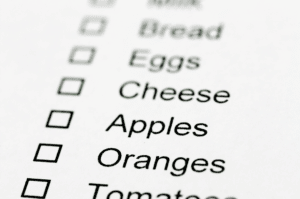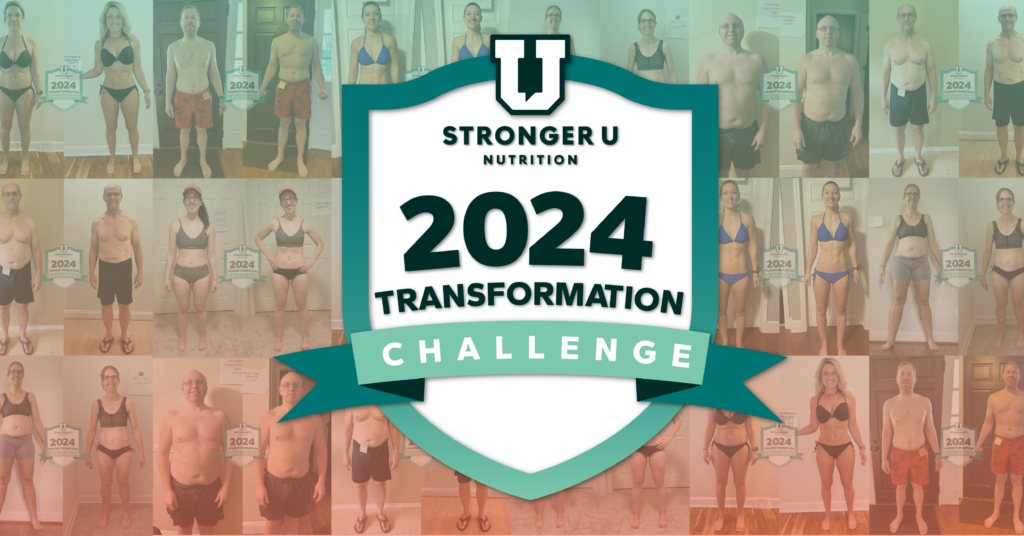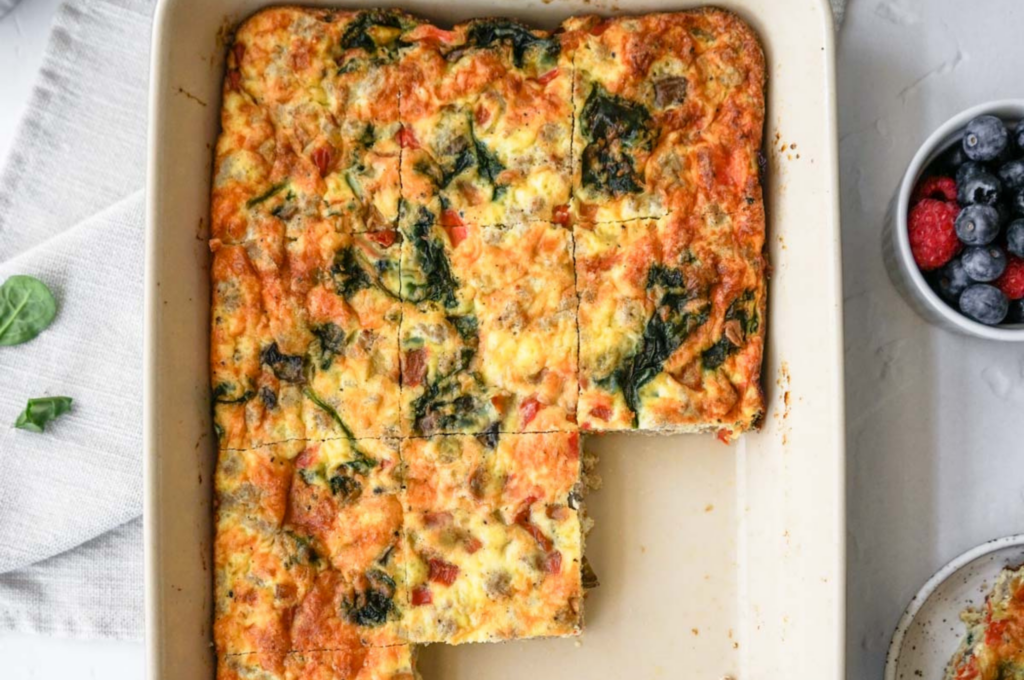Achieving Sustainable Weight Loss and How Macronutrient Tracking Can Help
Let’s be candid: losing weight is hard, and diets are hard. There’s a reason they often don’t work, or at least don’t work for the long haul. Diets frequently come with a list of restrictions, rules, and complicated requirements that make it difficult to adhere to while leading any semblance of a social and cultural life you enjoy.
However, not feeling your best or your most confident is also hard. There must be an in-between, a happy medium, so to speak.
This is where macronutrient tracking comes into play. In general terms, it means following a flexible set of guidelines for reaching a targeted number of macronutrients (essential nutrients) each day while still having the freedom to eat foods you love. Not too bad, huh? Read on as we dive deeper into how macro tracking works and how it can support healthy weight loss.
Macronutrients: What are they?
Macronutrients, commonly called “macros,” support many essential functions in your body and serve as your primary source of energy. Macros have different calorie amounts that fall into three categories:
Protein: 4 calories per gram
Protein’s primary function is to build new muscle and repair your existing muscle. It’s made up of long chains of amino acids, also known as the building blocks of your body.
Carbohydrates: 4 calories per gram
Carbohydrates (Carbs) serve as one of the body’s primary sources of energy. The carbohydrates we eat are broken down to glucose (a type of sugar) that your body uses as fuel for workouts and daily energy needs. Carbs are found in food in the form of sugars and fibers.
Fat: 9 calories per gram
Fat is the most concentrated form of energy, providing twice as much energy per gram compared to protein and carbs. Fat is used as the primary fuel for our bodies at rest and supports some of our energy needs during activities. Fat helps with satiety, absorption, and transportation of nutrients. Excess calories consumed from any type of macronutrient are often stored as fat.
Understanding the Science Behind Macronutrient Tracking and Its Impact on Weight Loss
Tracking your macronutrients is not a diet, per se, since there’s an incredible amount of flexibility and freedom in the types of foods you can eat and when you can eat them (for weight loss, research has shown that time of day doesn’t really affect results). Instead, tracking macros serves as a tool for awareness of what you’re eating and how much. Not knowing how much you’re eating can be a big factor in not achieving results.
So why not just count calories? Counting calories works but it doesn’t give a full picture of the composition of our foods including their nutrients and calories. For example, you may be within a certain range of calories, but most of your calories may be coming from carbs and not enough from protein or fats, or any other combination of this scenario. Therefore, calories alone may help you lose some weight, but dialing in on your macro ratios will support body composition changes and overall well-being. Tracking macros creates a better “balance” in the foods you are eating while not necessarily depriving you of any foods you love. It’s a win/win.
Macronutrients for Weight Loss

How Protein impacts weight loss
Consuming adequate amounts of protein is essential for weight loss, and recommendations are typically higher than usual when trying to lose body fat. Protein supports weight and fat loss in a variety of ways, including:
Reduces Hunger
Protein can help reduce hunger because it’s the most filling macronutrient. Feeling less hungry can keep you from mindlessly snacking and help you maintain a healthy caloric intake.
Builds Muscle
Protein coupled with resistance training can help build or maintain muscle while burning body fat on a lower caloric diet.
Burns Energy
Your body burns more energy digesting protein than carbs or fat. While this has a small impact on weight overall, it is a small factor that adds to the benefits of increasing protein when fat loss is your goal.
Stored as Energy vs. Fat
Protein doesn’t get stored in the body, so excess protein calories get converted to carbohydrates (energy) or fat for storage. However, the body must work really HARD at converting protein to fat, so it’s the least likely macro to get stored as fat.
How Carbohydrates Impact Weight Loss
Carbs often get a bad rap but not all carbs are created equal, they can range from vegetables to candy, so the nutrient density of each carb food can vary vastly. Then there’s the matter of quantity. Eating too few carbs can lead to nutrient gaps provided by foods such as fruits, vegetables, legumes, and whole grains, and compensation in calories from protein and fat. Low-to-no-carb diets can potentially lead to brain fog, exhaustion and lack of satiety. Carbs can also help you reach your weight loss goals because they provide:
Energy for Exercise
Carbs provide the quickest energy source (fuel) for your workouts, making it possible to workout harder and longer.
Fiber for Digestion
Fiber promotes regularity and impacts the rate at which you digest food and absorb nutrients, helping with satiety and healthy weight management.
How Fat Impacts Weight Loss
Fat is another macronutrient that was once made out to be a villain (remember the low-fat craze?) and then became worshipped thanks to the Keto diet. In reality, fat has many benefits (including adding flavor and texture to foods) and is an essential macronutrient for our function and in weight loss, especially when moderately incorporated into a diet balanced with adequate amounts of carbohydrates and protein.
Fullness
The digestion process for fats is much lengthier than that of the other macronutrients, so the time it takes for the stomach to process the food and empty it into our small intestines is much slower, this helps you get full faster and stay satisfied longer.
Nutrient Absorption
Fat supports the body’s absorption of essential fat-soluble vitamins such as A, D, E and K which are essential for healthy bones, teeth, hair, skin and eyes.
Lower Intensity Energy
With 9 calories per gram, fat provides twice as much energy as carbs and protein but absorbed slower than energy from carbs and protein. It’s our fuel source when at rest and lower intensity activities.
How to Calculate Your Macros

Identifying your individual macronutrient ratios for weight loss begins by first determining your daily calorie goal. Your calorie goal is dependent on a variety of factors, including your current weight, age, height, activity level and goals. There are many online macro calculators available and a variety of evidence-based methods for calculating your daily calorie goals with a simple math equation.
When determining total calorie/total energy needs, an estimate of Basal Metabolic Rate (BMR) or Resting Metabolic Rate (RMR) is needed to get an idea of the metabolic rate (this is how many calories someone expends at rest). From this answer, it’s multiplied by the TDEE (Total Daily Energy Expenditure) as an Activity Factor. This helps account for the overall movement and activity someone has. From this total, the goals are considered, whether to lose, maintain, or gain weight. Depending on the goal, the daily calorie total would either be decreased or increased.
If you prefer to keep things simple, here’s some tips to use without any equations:
*Please note, all the recommendations are subject to personal preferences and health needs. Please consult an RD or certified nutrition coach before implementing changes:
For weight loss, here are estimated equations to try:
Daily Calorie Goal: 10-12 x bodyweight (lb)
Daily Protein Goal: .7-1 gram of protein x bodyweight (lb)
Daily Fat Goal: .25-0.5 g of fat x bodyweight (lb)
The remaining calories left after protein and fat goals are calculated and subtracted from #1, make up your daily carbohydrate goal.
The calculation above should be considered a general starting point in your tracking journey and why it’s helpful to work with a qualified professional such as a registered dietitian or certified nutrition coach. When you work with a Stronger U Coach, for example, they assess your progress each week to see how your body is responding and offer personalized suggestions on what next steps to take, what to change and what to keep the same for you to meet your goals.
How to Know Which Foods Fall Under Which Macro
Most foods fall under at least one of the three macronutrients. Each of the following foods is predominantly made up of one macronutrient. This can help you create a balanced intake of all three when selecting what foods to eat.
Protein
Chicken breast
Turkey breast
Shrimp
Pork tenderloin
Lean red meat
Egg whites
Cod/flounder/tilapia
Lean ground meat
Non-fat Greek yogurt
Whey protein
Canned tuna in water
Turkey jerky
Non-fat cottage cheese
Deli meat
Soy/tofu
Vegan protein powder
Fat
Olive oil
Coconut oil
Avocado
Olives
Nuts
Fish oil
Flax seeds
Salad dressing
Butter/ghee
Mayonnaise
Carbs
Vegetables
Fruit
Rice
Potatoes
Oatmeal
Dried Fruit
Popcorn
Rice Cakes
Breads
Corn/Flour Tortillas
Pasta
Cereal
Juice/Sports Beverages
Sundried Tomatoes
Candy
Jam/Jelly
BBQ Sauce
Honey
Waffles/Pancakes
Granola
Kombucha
Macronutrient Goals for Weight Loss: How to Hit Your Macros

Planning your menu of meals and food intake in advance can make hitting your macros a lot easier. At Stronger U, we’ve also found that people who plan tend to have the greatest success in achieving and maintaining their goals.
There are many different approaches to planning, for some people, this may mean planning exactly what you’ll eat at each meal and snack and tracking your macros in advance by inputting them into an app beforehand, such as the Stronger U App. For others, it might mean making a list of foods to purchase, prep, and have available at home to make it easier and quicker to throw together meals and snacks and then tracking as you go. Both options can help take the guesswork and stress of deciding what to eat next.
The takeaway
It’s not all quantity over quality here. While, yes, technically, you can eat any foods that fit within your macros and experience weight loss, it doesn’t necessarily mean that it’s the best option to help you feel your best or support your overall health. Tracking macronutrients sheds light on what you’re eating daily and provides the insight that informs where you may need to make changes to achieve your personal body composition or performance goals.
Your Frequently Asked Questions, Answered:
Does counting macros work for weight loss?
Macronutrient tracking can be an effective and sustainable way to lose weight because it’s a flexible approach that doesn’t require omitting or restricting certain foods and allows freedom for some favorites that would otherwise not be considered in other diets.
What macros should you track for weight loss?
You should track all three: protein, carbohydrates and fat for weight loss.
Should I track macros or just calories?
Tracking macros versus just calories ensures you’re getting an adequate amount of the essential macronutrients each day for energy, satiety, digestion, nutrient absorption and more. When counting calories only, your calories could come from just about anywhere and may lack balance for sustenance, health, and results.
Why am I not losing weight while counting macros?
There could be various factors that impact how much weight you lose while tracking macros. Often, estimating or guessing instead of being as accurate as possible can account for excess calories we’re unaware of consuming. This also applies to the bites and sips that we don’t account for. Lastly, activity needs may need to increase to help support weight loss efforts. Workouts, steps, and movement throughout the day goes a long way in our results. A Stronger U Coach looks at your overall daily picture, including macronutrients, movement, hydration, sleep, stress, etc. and offers support and guidance on what adjustments to make while monitoring your progress.
Want to learn more about macronutrients for weight loss, boost your nutrition IQ and get support from an experienced registered dietitian or certified nutrition coach? Join Stronger U now.









